- Category
- War in Ukraine
Think Russia Is Bombing Ukraine Out of Revenge? Here Is What Data Says
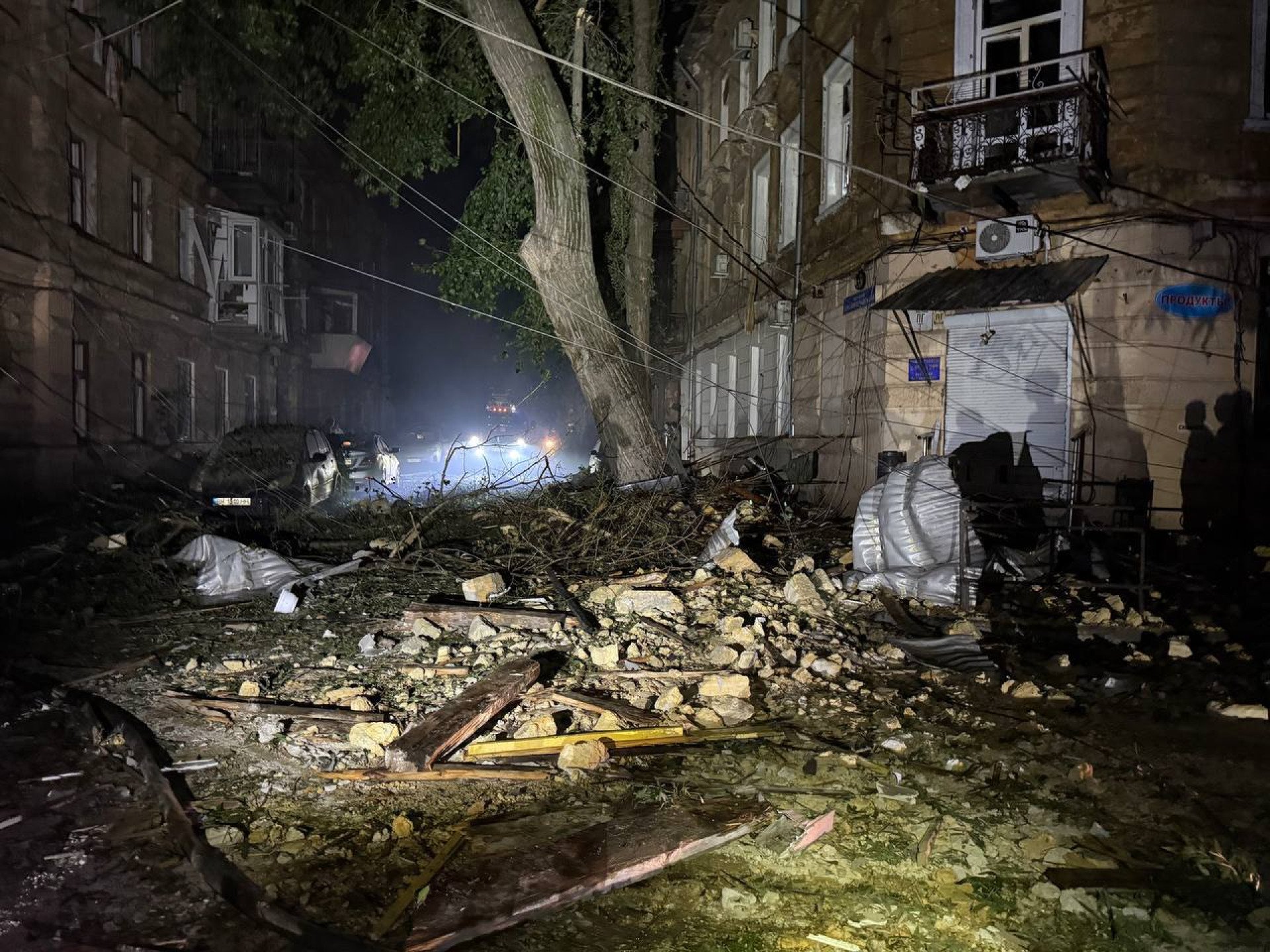
Media outlets often frame Russia’s June attacks as revenge for Operation Spider Web, in which Ukraine destroyed dozens of Moscow’s strategic bomber jets. But this claim doesn’t hold up against the data: Kremlin orders missile and drone strikes on Ukrainian cities every single day, steadily growing in scale.
Russia launched a massive barrage across Ukrainian territory on June 6, striking not only frontline cities and the capital but also regions in western Ukraine like Ternopil. Russia fired more than 452 drones, ballistic missiles, and cruise missiles. It was one of the most intense attacks on Ukraine since the full-scale invasion began.
Many Western journalists dubbed it “President Vladimir Putin’s revenge for Operation Spider Web,” in which Ukrainian forces reportedly destroyed a significant number of Russian strategic bombers—one leg of the country’s nuclear triad and a key symbol of its military might. Even US officials speculated that Russia would likely retaliate with a major strike.
The truth is, the June 6 attack was indeed massive. But it wasn’t new. It was simply the latest in a sustained pattern of brutal, coordinated Russian assaults on Ukrainian cities and critical infrastructure. Not for vengeance—but for maximum destruction.
Every Russian attack is massive
Consider the events of June 1, 2025.
News of Operation Spider Web began circulating on social media that afternoon, accompanied by images and videos of Russian aircraft in flames on military airfields. By day’s end, Ukraine’s Security Service (SBU) confirmed the operation and released video footage.
But about 15 hours before Operation Cobweb even began, Russia had already carried out one of its most devastating barrages of the entire war. In a single night, 479 aerial weapons—Shahed drones, other UAVs, Kh-101 cruise missiles, and Iskander ballistic missiles—were fired across Ukraine.
For context: Russia launched 447 Shaheds across all of 2022. Now, it had escalated to the point of firing 479 aerial weapons in just one night—a level of intensity unimaginable only a few years ago.
Russian media had, in fact, been talking since May about an impending large-scale strike dubbed “Operation Zeus’ Lightning”—a combined assault using drones and missiles, intended to showcase Russia’s full offensive capability to the US and Europe. To prepare, the Kremlin relocated dozens of Tu-22M3 and Tu-95MS bombers to the Olenya and Engels air bases and deployed eight Il-76 transport aircraft there in just four days—a highly unusual movement, indicating large-scale munitions transfers.
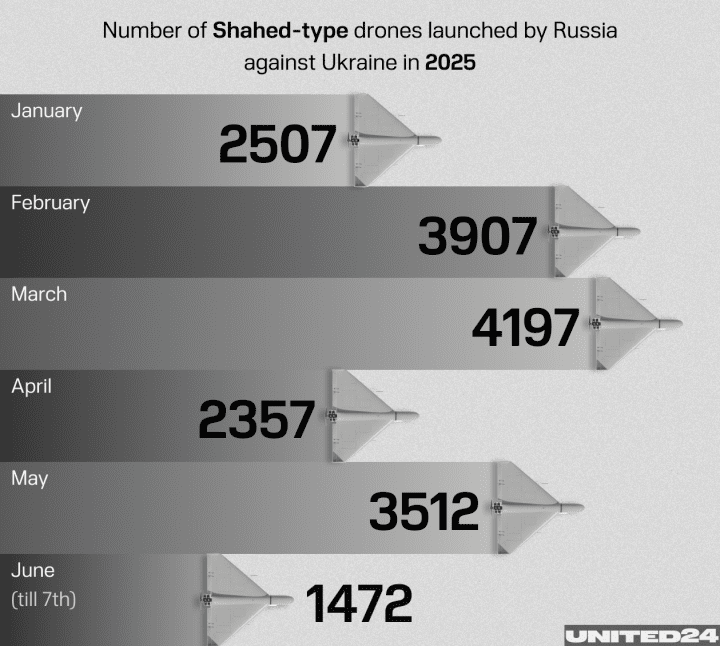
Russia’s goal wasn’t to hit military targets in Ukraine. Instead, its missiles were aimed at energy facilities, infrastructure, and logistics hubs.
A week before public mentions of Zeus’ Lightning, Russia had already begun rehearsing large-scale strikes. Between May 23 and 25, Russian forces fired 995 aerial weapons—drones, cruise missiles, and ballistic missiles—averaging more than 330 weapons per night.
Around that same time, reports emerged that Russia had significantly ramped up production of Shahed-136 drones, aiming to reach a sustained attack level of at least 500 units per day.
Since the start of 2025, Russia has launched more than 17,800 Shahed drones alone. In the first eight days of June, that figure was 1,472 UAVs. During the three spring months of 2025, there was just one single day without a drone sighting over Ukraine. In June so far, there hasn’t been a single day without an attack. Winter was no different—attacks came almost daily.
Ukraine’s defense
It’s essential to understand: Ukraine’s strikes are not acts of escalation, but defense. Russia’s strategic bombers were targeted after three years of daily attacks on Ukraine, and in preparation for yet another wave of destruction. The same applies to other Russian military targets.
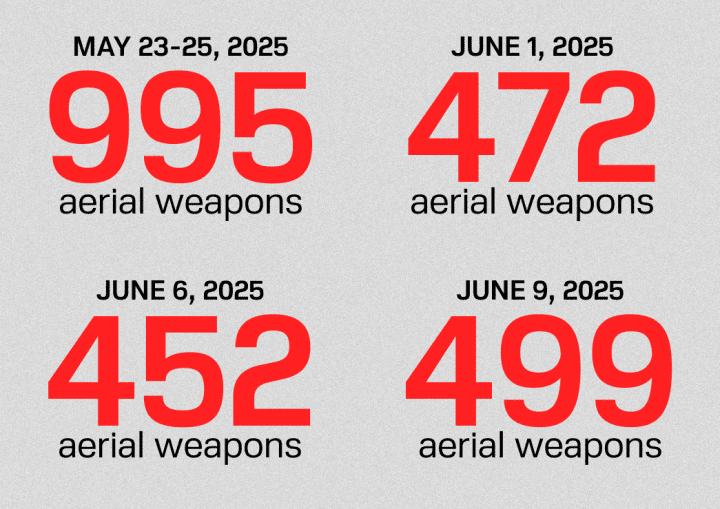
Even as this article is being written, Russia is once again attacking Ukraine with drones and missiles. Civilian infrastructure and office buildings have been hit across multiple regions.
In contrast, Ukraine struck the All-Russian Scientific Research Institute in the city of Cheboksary—a facility involved in producing components for Russia’s military. No civilians were harmed, but the result will be delays in Russian military supply chains.
Russia isn’t retaliating. It’s trying to destroy everything, regardless of what anyone else does.

-29a1a43aba23f9bb779a1ac8b98d2121.jpeg)
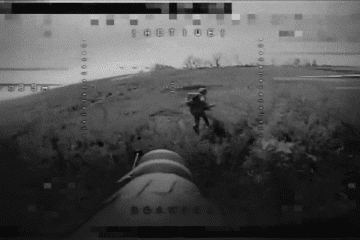
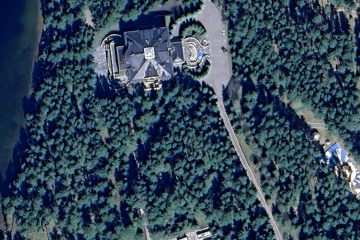
-24deccd511006ba79cfc4d798c6c2ef5.jpeg)


